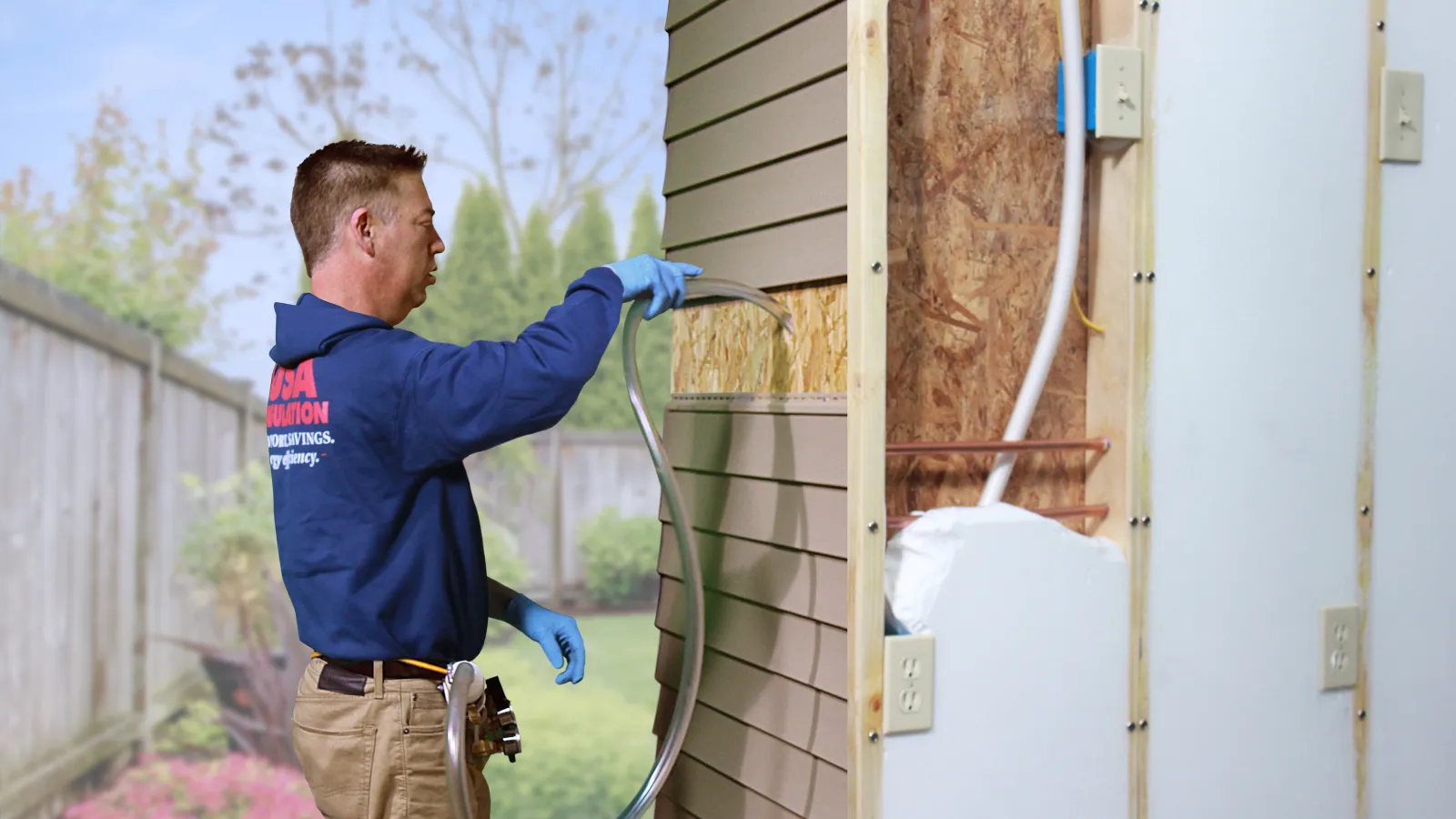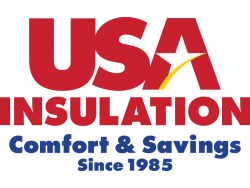According to the U.S. Department of Energy, at least half of our home energy usage is consumed by our heating and cooling usage. If you're a homeowner, you know how detrimental the energy bill can be to your wallet. But have no fear, USA Insulation has an easy solution — home insulation.
There are several different types of insulation, including the four most common listed below:
- Loose-Fill & Blown-In Insulation
- Batt & Roll Insulation
- Reflective Insulation & Radiant Barriers
- Spray Foam & Foam-In-Place Insulation
It's important to understand the pros and cons of each, so you can make an informed decision on what's best for your home.
Loose-Fill and Blown-In Insulation
Loose-fill and blown-in insulation are typically made from recycled materials like cellulose (recycled paper), fiberglass (recycled glass), or rockwool (post-industrial recycled content). This type of insulation works exactly the way it sounds; it's blown into open spaces and recommended for use in hard-to-reach areas like new wall cavities, existing walls, and attic floors and walls.
See the U.S. Department of Energy's recommended specifications for loose-fill insulation material below:

Batt and Roll Insulation (aka, Blanket Insulation)
Batt and roll insulation, or blanket insulation, is made out of pre-cut sections of fiberglass, rockwool or flexible fibers that are laid flat and fitted between studs, joists and beams. This relatively inexpensive insulation works best in foundation walls, unfinished walls, floors, and ceilings that are free from obstructions (it rolls into a cavity like a blanket). Batt and roll insulation sometimes comes with a kraft paper, vinyl or foil facing that acts as an added air barrier.
Reflective Insulation and Radiant Barriers
Whether made of foil-faced kraft paper, plastic film, polyethylene bubbles, or cardboard, reflective insulation reflects heat from the sun rather than absorbs it. This type of insulation is usually installed in attics because it reduces the radiant heat transferred from the roof to indoor surfaces like floors and ceilings. Radiant barriers are more cost-effective in places with hotter weather than cold.
Spray Foam and Foam-In-Place Insulation
Of course, we saved the best for last. Spray foam insulation is one of the most effective forms of home insulation because it creates a multi-layer barrier, blocking outside air AND noise from transmitting into your home. It's perfect for new construction walls with electrical and plumbing obstructions and even forms around existing insulation.
Foam-in-place insulation has the same benefits and is injected, sprayed or poured into existing walls. It can also be blown into walls, attic surfaces, or under floors, and it helps reduce air leakage. More specifically, USA Premium Foam® Insulation has a 35 percent higher R-Value than most other insulations. So, with us, you get the most bang for your buck.
Re-insulating helps save you money and lessen your carbon footprint by making your home more energy efficient. If you want to get your money's worth, make sure to choose a top-of-the-line product like USA Premium Foam Insulation.



